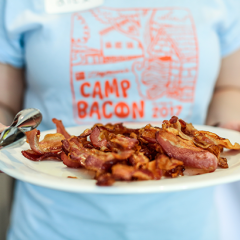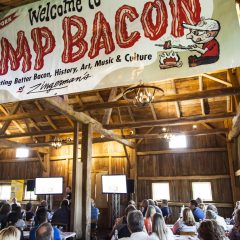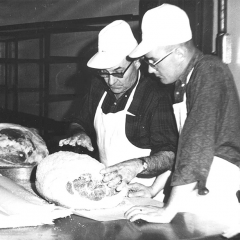
PHOTOS: Look How Much Fun We Had at Camp Bacon!
Our 8th Annual Zingerman’s Camp Bacon® was one of our best yet! Hundreds of campers came to Ann Arbor for five days of bacon-centric events last week, which kicked off with our Film Festival and sizzled to the end with a family-friendly Street Fair. In between, there was also a Bacon Beautiful music event, bacon […]
Read more »


Zingerman’s Art for Sale